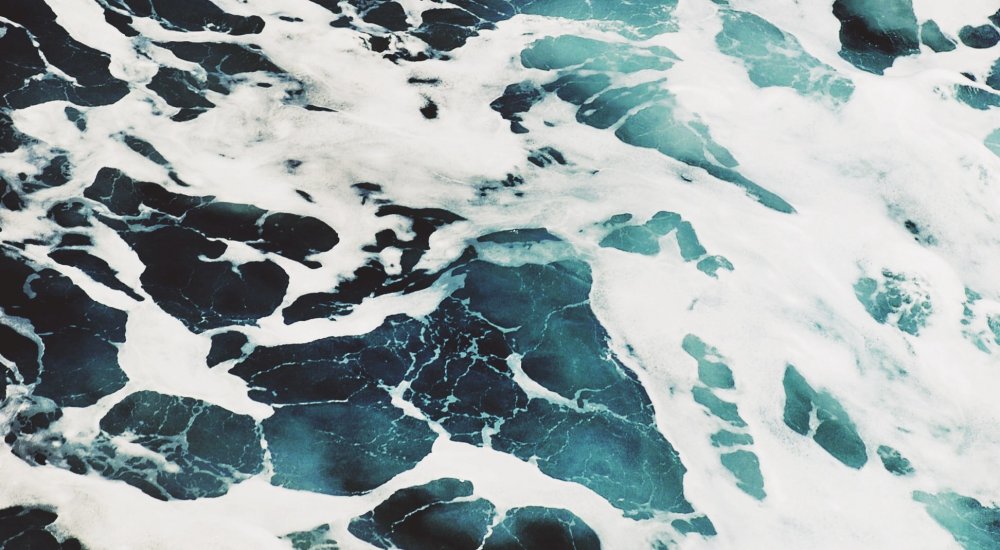HORIZON EUROPE FRAMEWORK PROGRAMME┋ Ocean & water and arts: the contribution of creative sectors to Mission Ocean and waters
HORIZON-MISS-2023-OCEAN-01-11

Expected Outcome
Projects results are expected to contribute to all of the following expected outcomes:
- Stimulate the citizens’ interest in and fascination by ocean and waters;
- Boost interest in working in the blue economies, engaging in ocean and water management and protection and blue research and innovation;
- An increase of citizen and stakeholder awareness about the challenges and pressures faced by the ocean and inland waters - such as habitat and biodiversity loss, pollution (litter and plastic, chemicals, excess nutrients, light and underwater noise), invasive species, excessive human exploitation as well as climate change impacts, and mobilisation of citizens and stakeholders for the protection and restoration of ocean, seas, coastal areas as well as inland waters;
- Mobilisation of artistic communities (e.g. visual arts, literary arts, performing arts, architects) and creative sectors (e.g., entities and associations operating in cultural, artistic, educational fields) for the protection and restoration of ocean, seas and inland waters and their biodiversity and for and empowerment of these communities and citizens to act against pollution and destruction of marine and freshwater ecosystems;
- Connect coastal and maritime communities with their habitats and their ecological, aesthetic and cultural heritage;
Scope
Art and creative sectors can play an important role in the mobilisation of citizens, stakeholders and civil society actors, such as NGOs and the philanthropic community, for the protection and restoration of the ocean and inland waters, their biodiversity, aesthetic and cultural heritage. Creative activities can also play an important role in addressing the challenges of coastal areas, thus contributing to the New Bauhaus initiative[1]. In this context, this action should bring together citizens, museums, aquaria, research institutions, engineers, architects, the civil society and citizens with artists and other creative sectors to foster interdisciplinary experimentation and entrepreneurship. Such undertakings should benefit from close cooperation with the scientific community and the philanthropists.
Mobilisation, cooperation and coordination should be envisaged at interregional/transnational level. Proposals are encouraged to build synergies with relevant activities supported under the Creative Europe programme[2] and with other New European Bauhaus projects, notably those based in coastal and maritime regions.
Proposals should include at least three calls for the selection of art and creative sectors projects, which will be supported through Financial Support to Third Parties under this topic. The entities implementing the arts and creative sector projects, shall be the recipient of the financial support, which should be used exclusively for the implementation of the project.
The selection process for these projects will be based on principles of transparency, fairness and objectivity, in accordance with part G of the general annexes to this work programme.
Proposals should ensure:
- among the assessment criteria, a high degree of circularity, carbon neutrality and positive environmental impact of the project;
- high visibility of the projects selected for funding, among others by publicising their results at the dedicated Mission website at europa.eu;
- promotional actions to highlight the contribution of artists and creative sectors’ projects to achieving the Mission objectives through dissemination campaigns.
The artistic and creative sector projects that will benefit from the financial support to third parties under this topic should cover all the following elements:
- Creative and novel artistic expressions that unlock and strengthen the connection of the wider public with ocean, seas, inland waters and their biodiversity;
- Synergies with scientific domains and involve scientific and research actors, as well as engage with civil society actors;
- Expected impact of the projects, expected number of people involved (directly in the project, and of potential reach out), and themes directly related to Mission objectives;
- Strong and innovative ocean and water literacy activities aimed at the general public designed with the participation of the relevant scientific and research communities, as well as civil society actors;
- Full sustainability and circularity of the entire project, including the use of sustainable materials and circular solutions and renewable energy;
- Commitment to a Climate Pact Pledge[3] leading to full decarbonisation or at least carbon neutrality of the project and of all the proposed activities;
- Commitment to the Make Europe Blue Campaign[4].
Proposals submitted under this topic should:
- build links with other Mission activities and other relevant activities within the Mission lighthouses’ areas and Blue Parks to maximize synergies;
- contribute to the aims and work pursued under the EU4Ocean Coalition and the new Bauhaus initiative;
- build links with the Mission implementation monitoring system that will be part of the Mission Implementation Support Platform and with the basin lighthouse support facilities and platforms, for reporting, monitoring and coordination of all relevant implementation activities in the lighthouses’ areas.
[1]https://europa.eu/new-european-bauhaus/about/about-initiative_en
